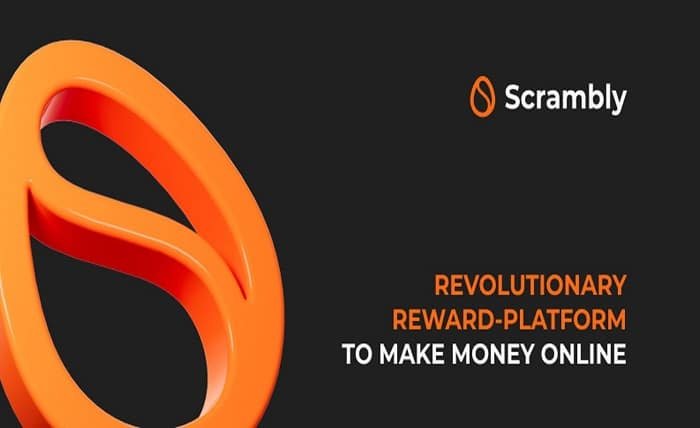Introduction
The concept of being “scrambly” often evokes images of someone frantically juggling tasks, but it’s much more than that. Being scrambly is about thriving in chaos and turning uncertainty into opportunity. Throughout this post, we’ll explore different dimensions of being scrambly, each essential in today’s ever-changing world.
Scrambly in Personal Development
Personal growth requires adaptability, and being scrambly means maintaining flexibility in your learning and development paths. People who embrace a scrambly approach in their personal development are better equipped to learn from diverse sources and experiences, effectively adapting their learning strategies to overcome new challenges.
Scrambly in the Workplace
In a professional setting, scrambly individuals can pivot swiftly between tasks and roles, responding to business needs with agility. Companies increasingly value employees who exhibit such scrambly characteristics, as they are often key drivers of innovation and efficiency in the workplace.
Scrambly Technology
Technology is inherently scrambly with rapid changes and updates. Embracing scrambly methodologies in tech means staying ahead with the latest tools and trends, ensuring that solutions are not only innovative but also adaptable to changing technological landscapes.
Scrambly in Education
The education sector benefits significantly from a scrambly approach. Educators and institutions that adopt flexible, scrambly teaching methods can better cater to diverse learning styles and needs, preparing students for the unpredictable demands of the future job market.
Scrambly in Creative Industries
Creativity thrives on flexibility. Artists and designers who are scrambly often experiment with new mediums and styles, leading to breakthroughs in their fields. This approach allows for a continuous evolution of artistic expression and innovation.
Scrambly in Health and Wellness
Adopting a scrambly attitude towards health and wellness means being open to new types of exercises, diets, and mental health strategies. It encourages a holistic and adaptable approach to health, which can lead to more sustainable and personalized wellness plans.
Scrambly in Financial Management
Financial markets are unpredictable. A scrambly approach to personal and corporate finance—flexible investment strategies and adaptive budgeting—can help navigate economic fluctuations more effectively, potentially safeguarding against unforeseen financial downturns.
Scrambly in Relationships
Relationships require adaptability. Being scrambly in relationships means being open to changes and growth in yourself and your partner, fostering a dynamic bond that can adapt to life’s challenges and phases.
Scrambly in Leadership
Scrambly leaders are those who can quickly recalibrate their strategies to take advantage of emerging opportunities. They lead by example, showing resilience and adaptability, qualities that inspire teams to embrace change enthusiastically.
Scrambly in Crisis Management
Crisis situations test the limits of scrambly behaviors. Those who manage crises effectively are often scrambly, capable of thinking on their feet and devising innovative solutions under pressure.
Conclusion
Being scrambly is not just about being reactive; it’s about being proactively adaptable, flexible, and resilient in the face of challenges. Whether it’s your personal life, professional environment, or any other area, embracing the scrambly mindset can lead to significant growth and success. By understanding and integrating the scrambly approach into various aspects of life, one can navigate the complexities of modern living with confidence and agility.
FAQs
What does it mean to be scrambly? Being scrambly refers to having the ability to adapt quickly, think on your feet, and remain flexible in various situations.
How can being scrambly benefit my career? Being scrambly in your career can make you more adaptable to industry changes, more innovative in problem-solving, and more resilient in facing professional challenges.
Can being scrambly improve personal relationships? Yes, a scrambly approach in relationships helps adapt to changes and challenges together, fostering stronger, more dynamic bonds.
Is it possible to become more scrambly? Absolutely! Enhancing your adaptability skills through various strategies like learning new skills, challenging your problem-solving abilities, and staying open to new experiences can make you more scrambly.
Are there any downsides to being scrambly? While being scrambly is largely beneficial, it’s important to balance this with moments of stability and routine to ensure overall well-being and avoid constant stress from change.
